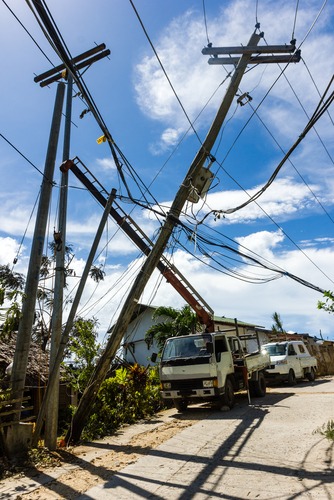GAO makes recommendation to improve electric resilience in federal disaster response

The U.S. Government Accountability Administration (GAO) is recommending that the U.S. Department of Energy (DOE) establish a comprehensive approach to enhance coordination among its disaster response, grid recovery, and technical assistance efforts.
The GAO analysis found that extreme weather events, such as wildfires and severe storms, are increasing in frequency, which has led to an increase in power outages affecting millions of people and costing billions of dollars.
GAO looked at these extreme events from 2017 through 2021 and reviewed federal, state, and other entities’ responses to those disasters — examining reports, policies, and documents and interviewing public officials and industry stakeholders.
Through this analysis, GAO identified lessons learned in the areas of planning and coordination, workforce and training, tools and technology, and local capacity. In the area of planning and coordination, agency officials and reports highlighted that disaster responses were more effective when strong working relationships existed between federal, industry, and local stakeholders. Regarding workforce and training, a DOE report emphasized the importance of having a dedicated pool of responders with expertise in grid reconstruction and recovery, especially when responding to multiple or concurrent disasters.
GAO notes that federal agencies have taken steps to improve in these areas. For example, DOE began deploying a Catastrophic Incident Response Team to quickly bring responders with subject-matter expertise to affected areas. However, the GAO found that DOE does not have a comprehensive approach for coordinating its broader grid support mission, including disaster response, grid recovery, and technical assistance. Further, it found that roles and responsibilities within DOE for transitioning from response to recovery are unclear.
“GAO’s Disaster Resilience Framework states that bringing together the disparate missions and resources that support disaster risk reduction can help build resilience to natural hazards. By establishing a comprehensive approach that clearly defines roles and responsibilities and acting on lessons learned across DOE, the department could better target resources and technical assistance. This approach, in turn, can lead to enhanced grid resilience and reduced disaster risk,” GAO officials wrote.
The DOE agreed with GAO’s recommendation.
